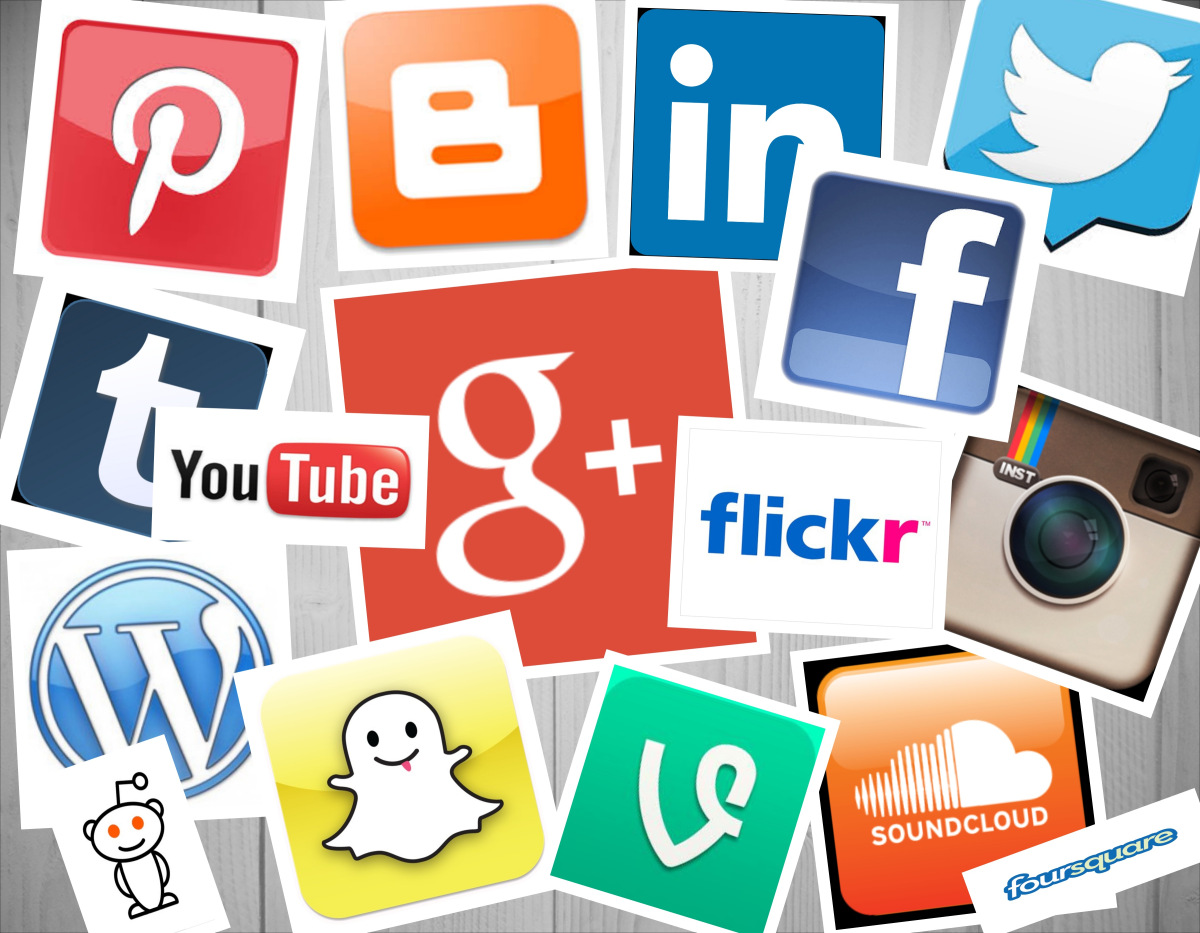
Advice when using slang in marketing
Under the WikiHow article titled “How to Be Cool” it stresses that being yourself is important, simply copying the trend is not enough.
We at BAM, are all for being hip when communicating with the youth, but it can be very difficult. They can see straight through you when you’re trying to relate. If you’re trying too hard to be funny, you probably aren’t.
Developing a tone of voice for your brand can seem like an awful lot of work for what seems like little gain. However, taking the time to understand your audience and communicating in the way they expect can give you a huge advantage over your competitors who view it as a waste of time.
Do your research
Researching exactly who your followers are is something commonly overlooked, just because you have 15000 followers, does not mean, they aren’t all 16-24. Thanks to services such as Twitter and Facebook Analytics, we have more of an idea who exactly follows us.
 There are multiple different platforms for a reason, there is nothing more frustrating than seeing exactly the same content on Facebook
There are multiple different platforms for a reason, there is nothing more frustrating than seeing exactly the same content on Facebook
and Twitter. Cross-posting does have its advantages; it can help maintain consistency, but can also appear lazy. Remember that Facebook, Twitter, Instagram, and Snapchat are all different platforms that were designed with separate uses in mind, so treat them accordingly.
Slang is often seen as ‘lazy speech’, at least that’s what our parents always told us, and it can be laziness on the part of the speaker. The guys at Verbalidentity.com explain how slang operates on a certain set of social rules, under which we all fall (at least we should). When slang forms the core of a brand identity, it risks alienating others outside the ‘in crowd’, thus significantly reducing the widespread effectiveness of your marketing. However if you have a strong tone of voice and engagement is mostly positive, it probably means that your audience is lapping it up; making your audience feel like they are part of the in-crowd can have a strong appeal, especially in the millennial market.
Be relevant
Slang has a shelf life, use it before it expires.
 Due to consistent social and mobile innovation, whatever is currently trending, won’t be trending fo
Due to consistent social and mobile innovation, whatever is currently trending, won’t be trending fo
r much longer. Okay,
so you know, ‘LOL’ isn’t cool anymore, neither is ‘YOLO’, and we’re not sure ‘on fleek’ ever was. One sure fire way to stay current is to read and read and read your Twitter feed, especially youthful trending topics to help you get a sense of the language being used and the correct context to use it in.
As you can imagine, company executives are often not quite as up to date with the current lingo as their audience. American taste sensation, Taco Bell have a team of ‘cool hunters’ at their HQ who send out a weekly email to employees titled ‘Millennial Word of the Day’, the email is curated by a group of hipster Taco Bell employees in their 20s.
And obviously there are countless articles on emoji marketing. I’m sure you all are aware of emoji’s and their cultural importance, however many brands latch on too hard to trends like these and milk them dry until they are as cool as socks and sandals.
Engage
We stress this a lot, but it really is important. Simply existing on social media is not enough, engagement is key.
Millennials don’t just want to be spoken to, they must be able to talk with brands. 62% of the tech savvy age group say that if a brand engages with them on social media, then they are more likely to be a loyal customer. If you can speak to your fans with humour and some self-deprecation or self-awareness then you’ll win even more points.
@o2 jheeze so u man speak slang and dat r u a girl what ends u from. And naa ii didn’t what router
— Tunde (@Tunde24_7) October 9, 2012
Adidas engage with their 1.82 million followers well, tracking their brand mentions and replying to every single tweet. Their replies are casual, appropriate and with that, cool. Again as we mentioned, if you try too hard to be cool you probably aren’t being cool.
A good rule of thumb if your company or brand isn’t naturally cool, and wouldn’t excite a teenager, then it’s probably best to not try and talk like one.
So use slang, but do so with great caution. Get in touch with our team for more information.
